Advancements in Battery Technology
Technological innovations are significantly influencing the dual carbon-battery market, as ongoing research and development efforts yield improved battery performance and longevity. The introduction of advanced materials and manufacturing techniques enhances the efficiency and cost-effectiveness of dual carbon-batteries. For instance, recent breakthroughs in carbon electrode materials have demonstrated the potential to increase battery life by up to 30%. This advancement not only appeals to consumers but also aligns with the broader industry trend towards more sustainable and efficient energy solutions. As the dual carbon-battery market continues to evolve, these technological advancements are likely to attract investment and drive market growth.
Rising Demand for Energy Storage Solutions
The dual carbon-battery market is experiencing a notable surge in demand for energy storage solutions, driven by the increasing need for efficient energy management systems. As renewable energy sources like solar and wind become more prevalent, the necessity for reliable storage options intensifies. The dual carbon-battery technology offers a promising alternative due to its potential for high energy density and rapid charging capabilities. According to recent estimates, the energy storage market in the US is projected to reach $10 billion by 2026, with dual carbon-batteries playing a crucial role in this growth. This trend indicates a shift towards more sustainable energy practices, positioning the dual carbon-battery market as a key player in the evolving energy landscape.
Regulatory Support for Clean Energy Initiatives
The dual carbon-battery market is poised to benefit from robust regulatory support aimed at promoting clean energy initiatives. The US government has implemented various policies and incentives to encourage the development and adoption of sustainable energy technologies. For instance, tax credits and grants for renewable energy projects are becoming increasingly common, creating a favorable environment for the dual carbon-battery market. These regulatory measures not only stimulate investment but also enhance consumer confidence in adopting new technologies. As regulations continue to evolve, the dual carbon-battery market is likely to experience accelerated growth, driven by supportive government policies.
Increased Investment in Clean Energy Technologies
The dual carbon-battery market is benefiting from a significant increase in investment directed towards clean energy technologies. As the US government and private sector stakeholders prioritize the transition to a low-carbon economy, funding for innovative battery solutions is on the rise. In 2025, investments in clean energy technologies are expected to exceed $100 billion, with a substantial portion allocated to battery research and development. This influx of capital is likely to accelerate the commercialization of dual carbon-batteries, making them more accessible to consumers and businesses alike. The growing financial support for clean energy initiatives underscores the dual carbon-battery market's potential to contribute to a sustainable energy future.
Consumer Awareness and Demand for Sustainable Products
There is a growing consumer awareness regarding environmental sustainability, which is positively impacting the dual carbon-battery market. As individuals and businesses become more conscious of their carbon footprints, the demand for eco-friendly products, including batteries, is increasing. Dual carbon-batteries, known for their lower environmental impact compared to traditional lithium-ion batteries, are gaining traction among environmentally conscious consumers. Market Research Future indicates that approximately 70% of consumers in the US are willing to pay a premium for sustainable products. This shift in consumer behavior is likely to drive the adoption of dual carbon-batteries, further solidifying their position in the market.


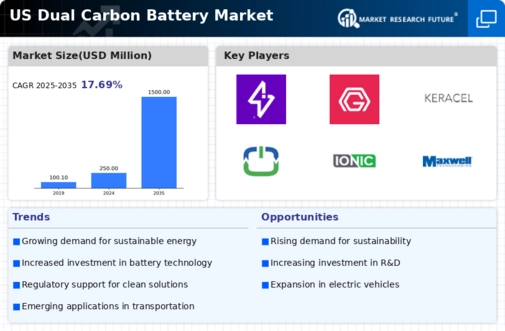
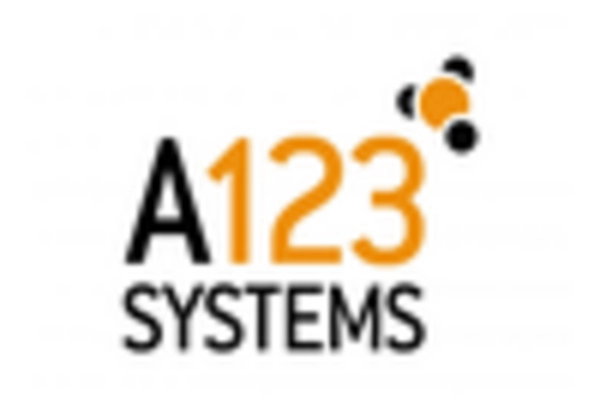

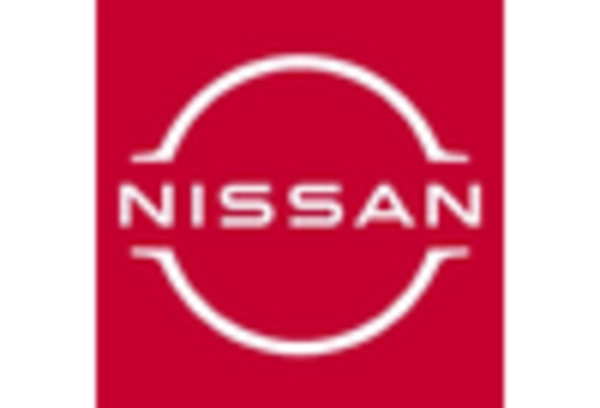

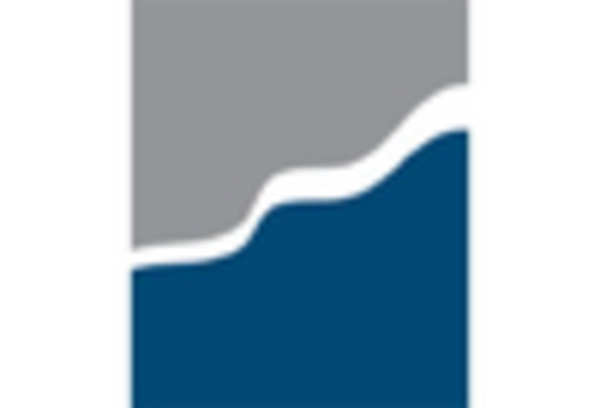
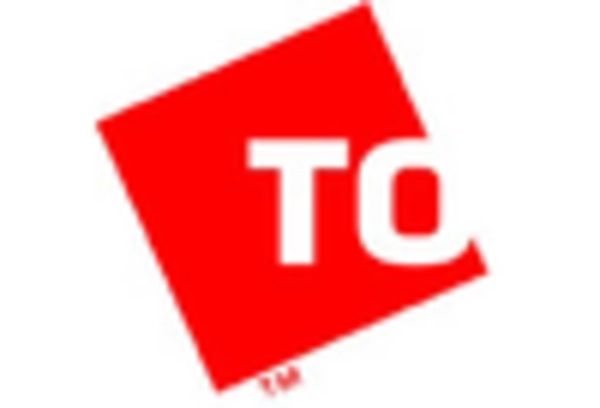








Leave a Comment